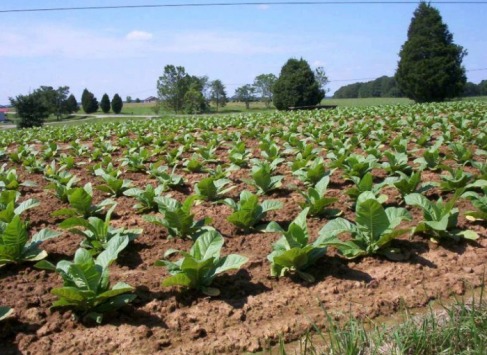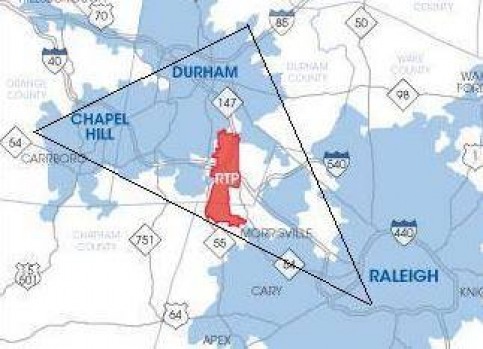The identity of the South has been shaped over the course of American history by trade relationships within the South itself and between the South and other regions. Trade patterns have shifted over time due to changing agricultural, industrial, and social conditions. The links established by patterns of trade helped identify the South as a distinct political and economic region that operates differently than the rest of the United States and other surrounding areas. New transportation routes were built over the course of the twentieth century and industry began to replace agriculture as the dominant facet of Southern economy. As a result, trade in the Southern United States has become increasingly more integrated on both a national and international level.
The South as a geographical unit has been profoundly affected by plantation agriculture and slavery since the beginning of its history. Because the South was an overwhelmingly rural society and relied on slave labor before the civil war, it developed urban centers more slowly than the rest of the country, even after the abolition of slavery at the end of the Civil War. David Carlton argues that “the enduring distinctiveness of the region stems from a fundamental continuity in its social structure…it is sometimes surprising ways in which the past has shaped modern southern life” (Carlton, 446). According to Carlton, when the slave system ended, there still existed an “antebellum elite rooted in the social relations of the slave plantation [which] continued its rule into the post-bellum period,” suppressing wages and maintaining a decentralized rural population rather than developing urban centers (Carlton, 446). The lack of an industrial sector and abundance of unskilled labor in the South affected trade routes that contributed to the slow rate of urban development. However, the legacy of plantation farming created patterns of trade that later assisted in the development of urban industry in North Carolina, including the Research Triangle Park.
The Carolina piedmont is a success story for the South in terms of industrial development, including the lucrative Research Triangle Park. The location of the Carolina piedmont made it a perfect place for industry to flourish because of the regional North-South trade patterns that originally developed to move agricultural products to the port cities of Norfolk and Charleston. Although Wilmington NC, was the state port of the Confederacy and the last port to fall to the Union, its geographical relationship was outside of the main trade routes through North Carolina (Randall, 445). Cotton, tobacco, and other crops were moved south down the Catawba river from the Carolina piedmont to port at Charleston, and north up what became the I-85 and I-95 corridors to Norfolk, Virginia (Randall, 447). Railroads were constructed during the 19th century that coincided with the North-South pattern of trade moving through North Carolina. Urban centers began to grow along these trade routes including Charlotte, High Point, Greensboro, Raleigh, and Columbia, South Carolina.
The trade routes that were established through North Carolina began as agricultural avenues that later developed urban centers and manufacturing hubs. However, one agricultural product remains especially important to North Carolina’s economic and political identity. Tobacco and the manufacture of tobacco products have been extremely important to North Carolina’s history. “Since 1925, North Carolina has ranked first among the states in the production of tobacco…it is of major importance to the economic existence of the state, ranking first in the value of the product” (Landon, 239). The South struggled to develop industry in the wake of the Civil War, but as the economy began to recover, “the mass production of tobacco products was in essence a new industry, riding the crest of an explosively expanding national market for consumer goods” (Carlton and Coclanis, 91). The tobacco industry successful linked North Carolina’s economy with national and international markets and provided a large amount of domestic income that contributed to the development of North Carolina’s urbanization and industry. The tobacco industry has also helped shape the identity of North Carolinians and changed the political landscape surrounding a controversial product.
The development of the Carolina piedmont and the production of tobacco products are two instances specific to North Carolina that have contributed a the identity of the region. Overarching political and social structures constructed in the antebellum South helped create trade patterns that later situated the Carolina piedmont for industrial development. The rise of the tobacco industry expanded North Carolina’s economy providing a product that could be traded on regional, national, and international levels. Trade in the South has shifted over the course of time from an agriculturally based regional pattern, to a more industrialized pattern on a global scale while maintaining characteristics that still distinguish it specifically as Southern.


